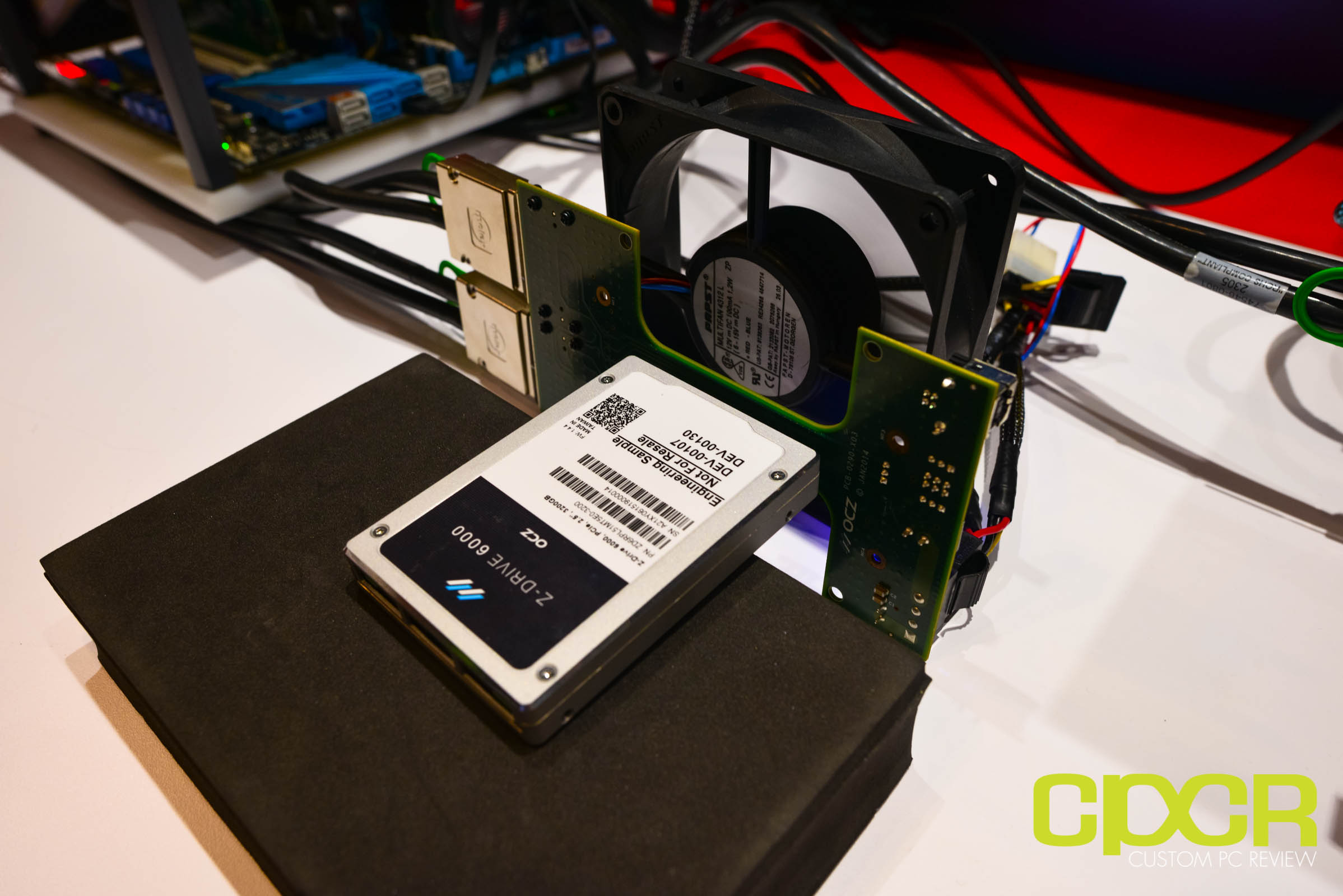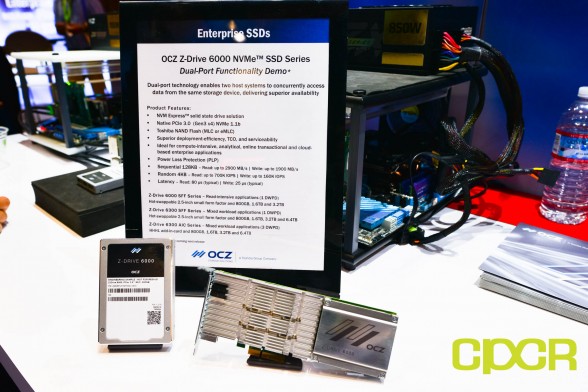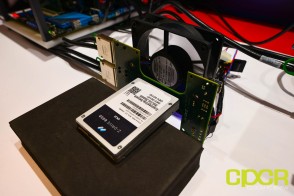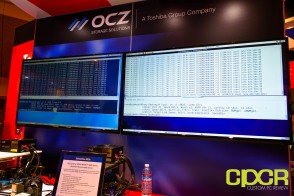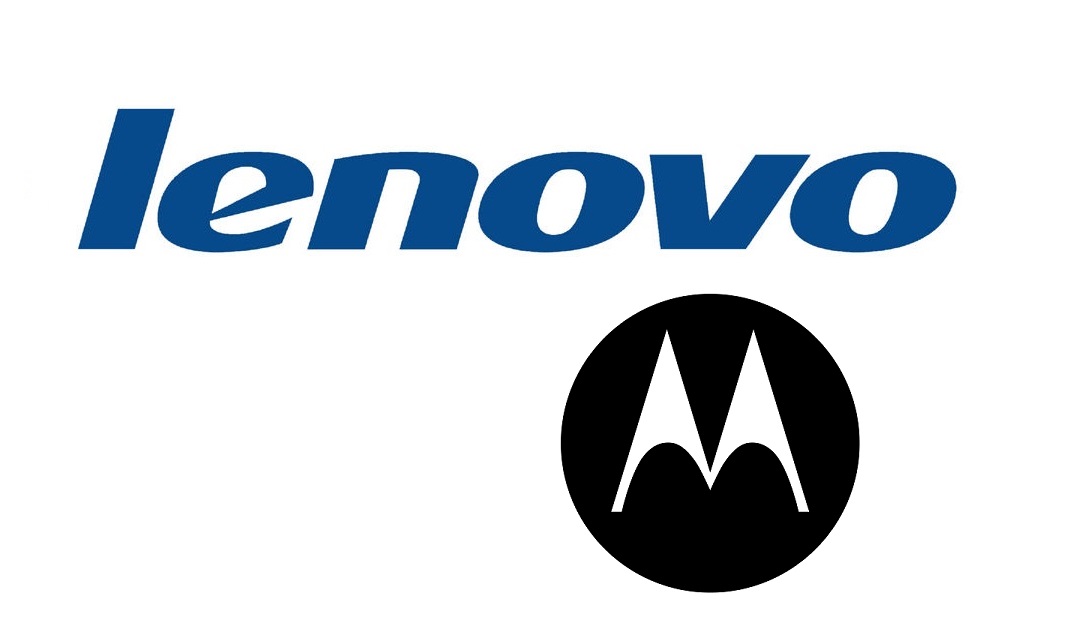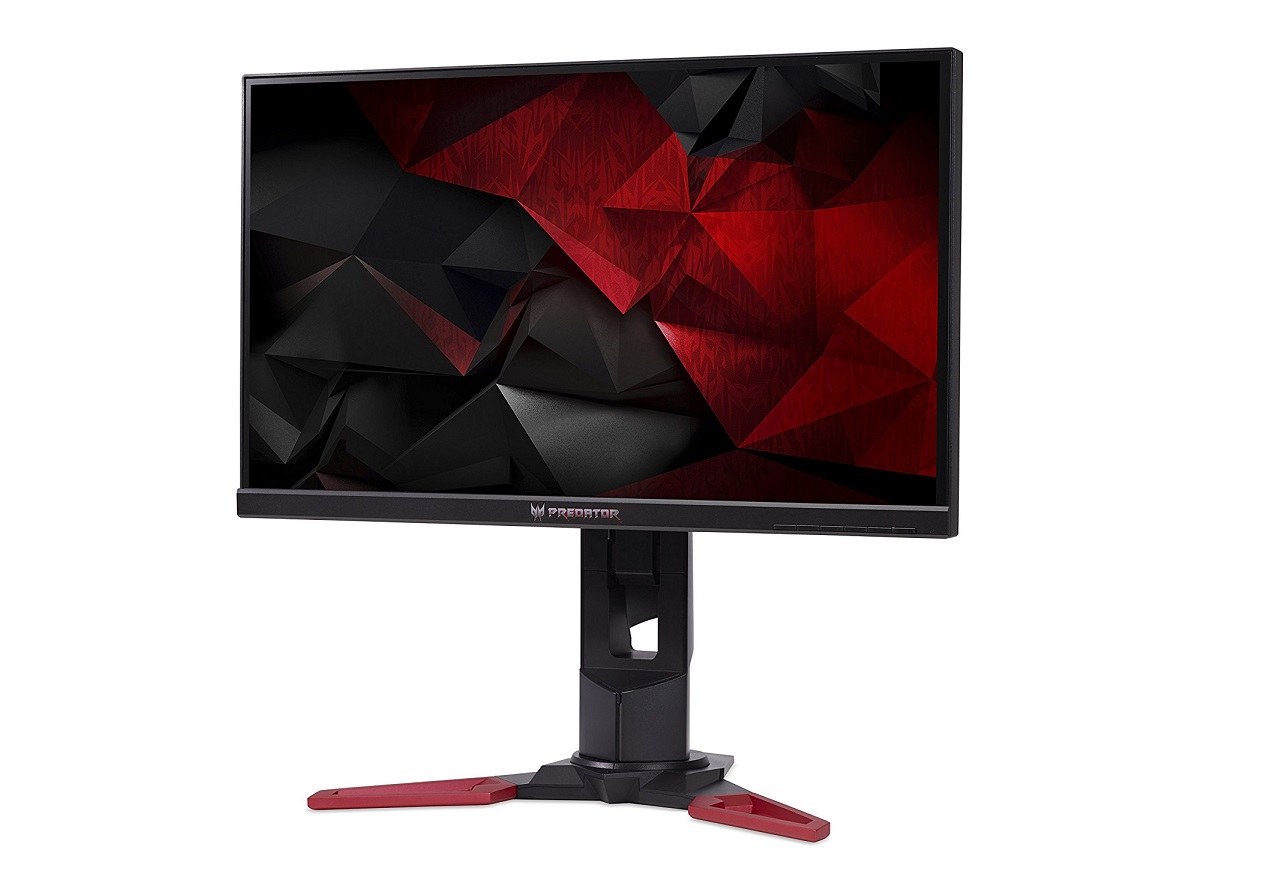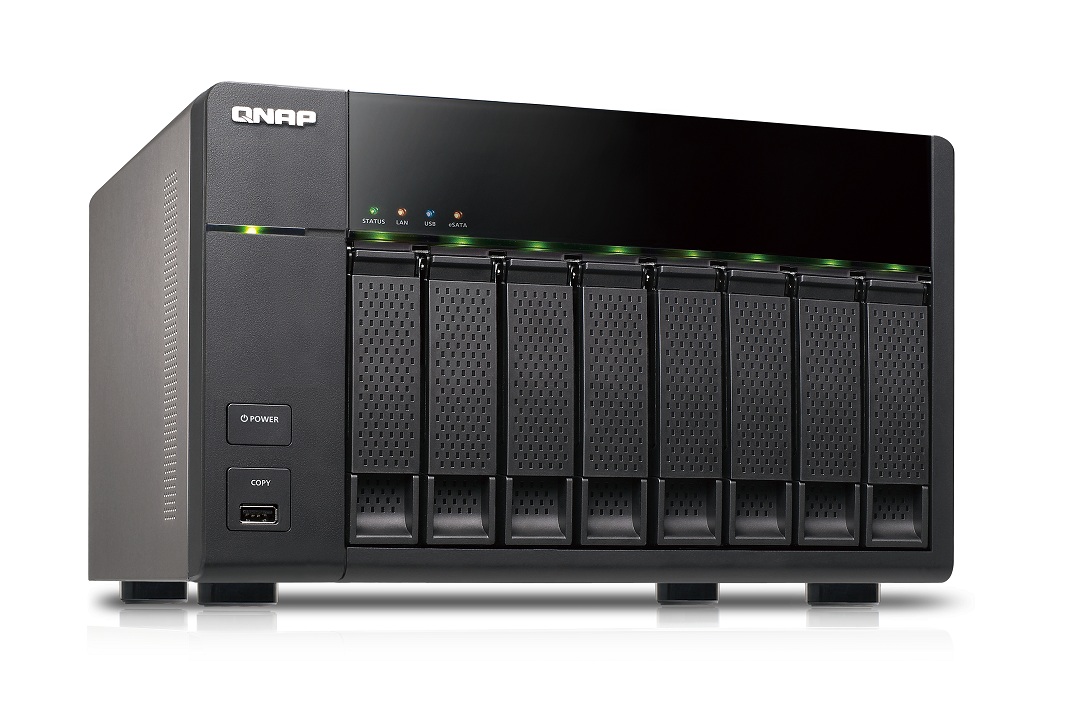At FMS 2015, OCZ showcased both their Z-Drive 6000 Series SSDs. OCZ also revealed their latest Z-Drive 6000 PCIe Gen 3 x4 NVMe Dual-Port SSD for enterprise and data centers.
| Manufacturer | OCZ | OCZ | OCZ |
| Model | Z-Drive 6000 SFF | Z-Drive 6300 SFF | Z-Drive 6300 AIC |
| Form-Factor | SAS 2.5″ SFF | SAS 2.5″ SFF | HHHL |
| Controller | PMC-Sierra Princeton | PMC-Sierra Princeton | PMC-Sierra Princeton |
| NAND | Toshiba A19nm MLC | Toshiba A19nm eMLC | Toshiba A19nm eMLC |
| Capacity | 800GB/1600GB/3200GB | 800GB/1600GB/3200GB | 800GB/1600GB/3200GB/ 8TB (Coming Soon) |
| Sequential Read | Up to 2900MB/s | Up to 2900MB/s | Up to 2900MB/s |
| Sequential Write | Up to 1900MB/s | Up to 1400MB/s | Up to 1400MB/s |
| 4K Random Read | Up to 700K IOPS | Up to 700K IOPS | Up to 700K IOPS |
| 4K Random Write | Up to 160K IOPS | Up to 120K IOPS | Up to 120K IOPS |
| Endurance | 1 DWPD | 3 DWPD | 3 DWPD |
OCZ’s Z-Drive 6000 series currently contains three products. The Z-Drive 6000 caters towards read-intensive workloads while the Z-Drive 6300 is configured for a mixed/write intensive workloads. All three are PCIe SSDs capable of supporting PCIe Gen 3 x4 interface and the NVMe 1.1b.
OCZ also plans to launch a 8TB version of the Z-Drive 6300 although no information is available on when it’ll launch.
The biggest news at FMS 2015 is OCZ’s new Z-Drive 6000 with dual port functionality. For a demonstration, OCZ had two separate systems running FIO simultaneously on a single Z-Drive 6000. Currently, dual port functionality is quite common for SAS drives, but not so much for PCIe drives. This is important for applications where host redundancy is critical.
The OCZ Z-Drive 6000 is available now.

